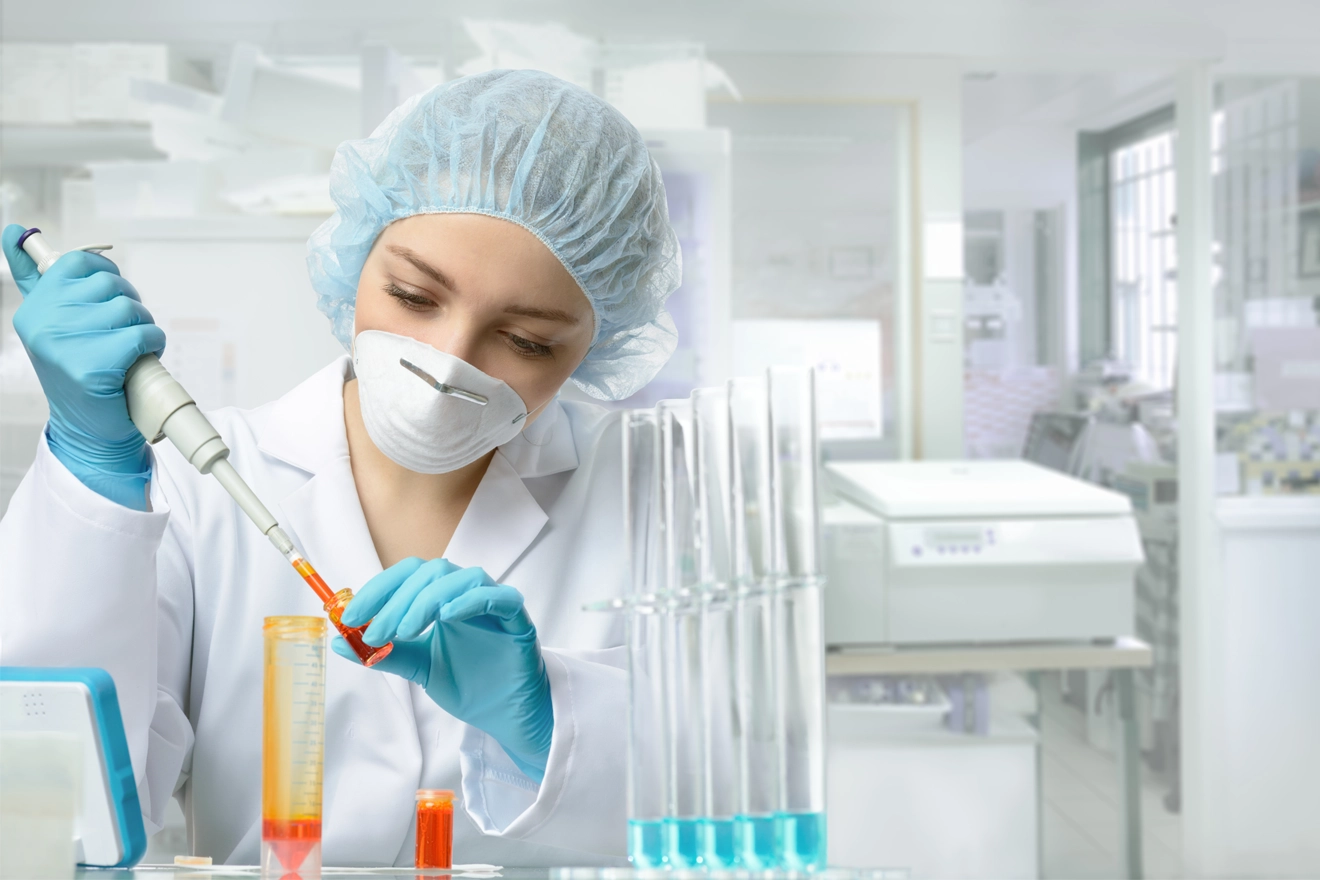
Good Laboratory Practices (GLP) covers the organizational process and conditions under which clinical field studies are conducted, monitored, recorded and reported. GLP is carried out to improve quality of data for its international acceptance. This assures the regulatory authorities that the submitted data is in accordance with the results and reliable while making decisions regarding safety assessments.
Operational process for analytical laboratories is greatly influenced by the GLP regulations and guidelines. GLP functions as a regulation which deals with the specific organizational structure and documents related to laboratory work in order to maintain integrity and confidentiality of the data. The entire cost of GLP based work is about 30 percent compared to non-GLP operations.
Requirements for GLP based operations
- To assign responsibility for sponsor management, study management and quality assurance
- Standard Operating Procedures must be followed.
- Calibration and maintenance of instruments.
- Right construction of laboratories to maintain integrity of the study
- Raw data should be processed and achieved.
- Employees should be well qualified and trained as per the job assigned
MANAGEMENT PROCESS OF GLP
1. Personnel:
Sufficient number of qualified employees must be a part of this (Qualification can be relevant educational background, experience or training). Apart from this, job profiles, tasks and responsibilities must also be documented.
2. Facilities:
The three main requirements for facilities include limited access to the building rooms, adequate size and construction. This includes a number of responsibilities listed below-
- Monitoring the entire study process. If there happens to be any discrepancy in the process, then the study director is replaced.
- Ensuring that quality assurance unit is available to handle tests and control articles.
- Availability of sufficient qualified personnel for study.
- Animal care facility requirements.
3. Study Director:
The study director is responsible for technically conducting safety studies, analysis of the results and interpretation, documentation and reporting of the results.
4. Quality Assurance Unit (QAU):
It serves to control internal functions. To ensure that facilities, devices, personnel, practice, protocol, records, SOPs, reports and archives are in accordance with the GLP regulations.
5. Equipment
GLP regulations also specify requirements for equipment – Design, Maintenance, Records and other documents
6. SOPs:
Standard Operating Procedures (SOPs) specify the manner in which protocol specific activities are carried out. SOPs are preferably written and reviewed by instrument operators. The working of SOPs ensure that information is accurate and document is liable for routine use.
7. Reagents
The quality, purchasing and testing of reagents and solutions used for GLP studies shall be handled by QAU.
8. Control Articles:
Control articles are also referred to as reference substances by OECD. They are commonly used to calibrate the instruments.
9. Retention and Retrieval of Records:
GLP regulation specifies how records are stored and retrieved.
10. Inspection:
FDA is responsible for inspection of GLP studies before a drug or device or any other product is marketed in US. There are 2 types of inspection programs.
- Routine Inspection
- For-cause Inspection
11. Enforcement:
Any deviations discovered by the inspection team are documented and discussed at the exit meeting. The lead inspector prepares an establishment inspection report based on the findings discussed during the meeting. A warning letter is issued to the company’s management following which corrective action plans are implemented by the company within 14 days.
GLP is needed to regulate all non-clinical safety studies. GLP can be applied to short term as well as long term studies. This regulation is a must for non-clinical safety studies of drug development process, food control products and development of agricultural pesticide and toxic chemicals.
In a Nutshell
Good Laboratory Practice (GLP) regulations are applied to non-clinical safety of study items contained in pharmaceutical products, cosmetic products, veterinary drugs, devices as well as food additives. The purpose of testing these items is to obtain information on their safety with respect to human health and environment. GLP is also required for registration and licensing of pharmaceuticals, pesticides, food additives, veterinary drug products and some bio-products for all regulatory authorities.









